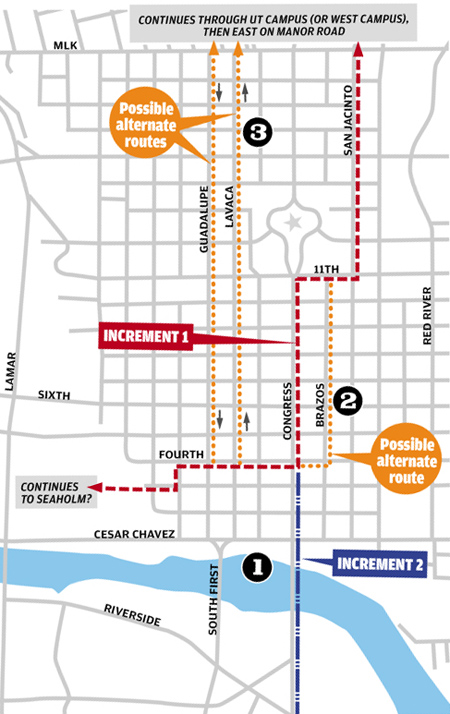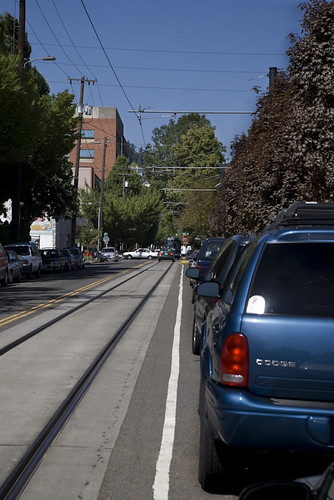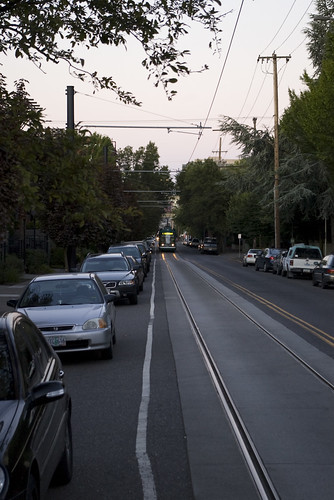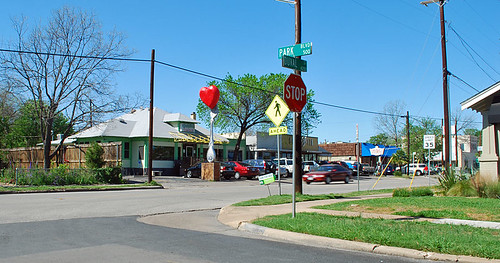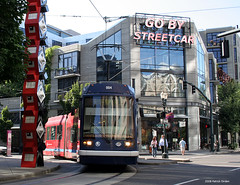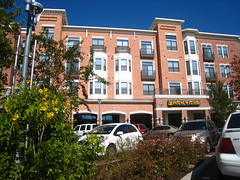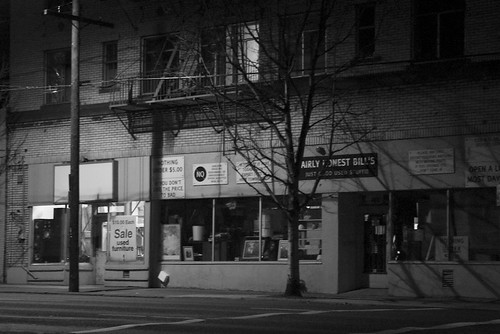Left for Guadalupe Mountains this morning, I'll try to autopost articles over the next few days, until I get back on Tuesday.
Anyways, a couple weeks ago I went on a bus odyssey, as I like to call them, with a friend; plans were to take the 983 express from Lakeline P&R in NW Austin downtown, and then transfer to the 1L/1M, which goes across the river, and get off on South Congress and wander around. But that didn't happen. We botched meeting up; she got on the northbound right as I arrived, and so had to get off at an unplanned stop, and we missed the southbound.
Our route:View Trip to SoCo in a larger mapStill determined to take the bus, we drove down to Pavilion P&R to catch the 983 southbound there. It wasn't there yet when we arrived. So we hopped on the 392 eastbound to take all the way to N. Lamar, and there hop onto the 1L southbound all the way to South Congress. Which we did. And it took more than an hour just on the 1L, since it's an all-stops workhorse route, one of the reasons I love riding it. You can do some awesome people-watching on that bus. People from all walks of life ride it: homeless people, day-laborers, wage-earners, businesspeople working downtown, college students, teens...
 (Photo by chix0rgirl on Flickr)
(Photo by chix0rgirl on Flickr)We got off near Guero's Taco Bar, which is more or less the northern end of what's truly the little Main Street that is South Congress. The storefronts look more like they belong in some small town in the Hill Country than a state capital. That is except for the crazy paint-jobs and signs.
South Congress Ave: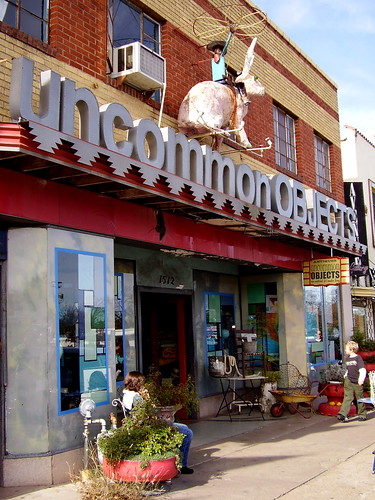
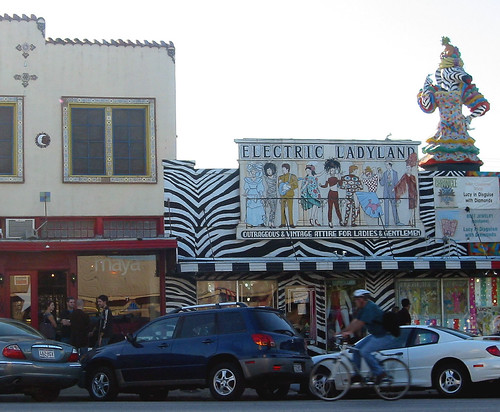
There's places like
Uncommon Objects, a sort've hipster version of a thrift store/flea market with awesome vintage stuff (it really spans all definitions of "stuff", too!),
Tesoro's Trading Co., a market-like store that sells goods from all over the world, mainly Latin America, Africa and Asia, and cool, hole-in-the wall record stores that only sell vinyl:
Friends of Sound (all of which we went to, ate at
Homeslice Pizza, across from Guero's). There's something to whet almost anyone's whistle! It's an amazing place, right next to the lucky kids at St. Ed's too. Didn't do much other than scratch the surface.
West Campus (UT):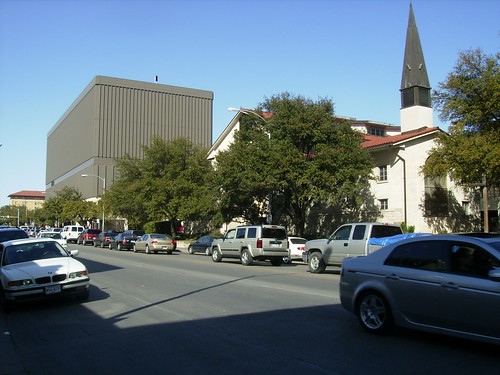
We had to wait forever to board the 1L north at the south end of the strip, especially since we had chosen to try and board at a stop that the limited-stop 101 skipped. We took that up to West Campus (of UT), where my friend got off to meet family, and I boarded (wrongly) the 987 express north, wrong because it skipped Pavilion P&R on it's way north, where I had parked. So then I had to get off at Northwest P&R, and wait for the southbound 383; 30 minutes of doing nothing, as there's nothing around the P&R. Then another 30 minutes of wandering around the suburbs in a bus before we made it back to Pavilion. I was so tired, and glad to see my car.
